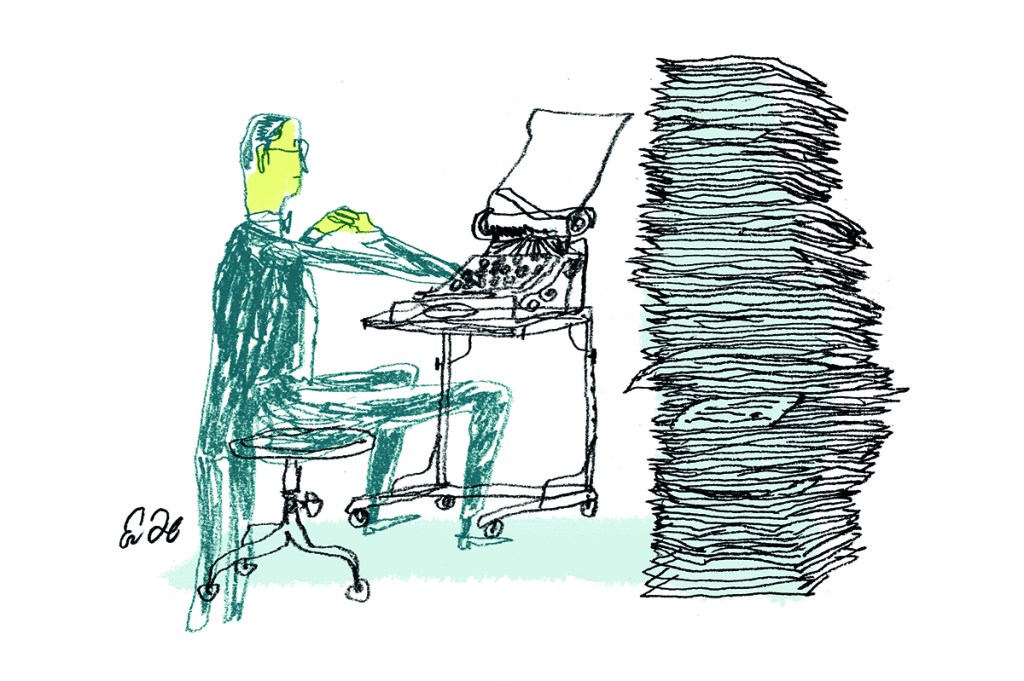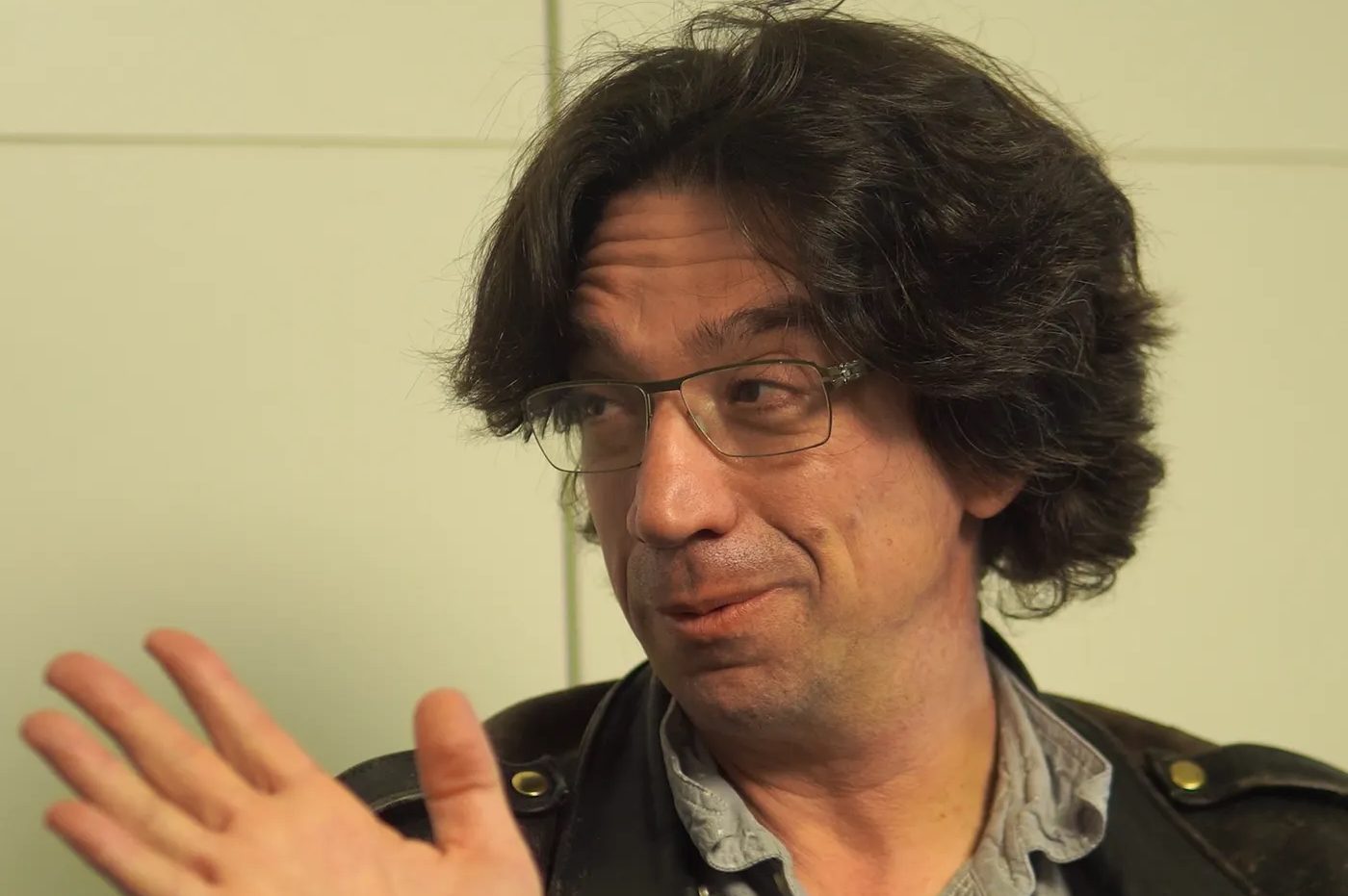When a tech guy named Hamish McKenzie first reached out to me in early 2018 to see if I would try out his new newsletter platform Substack, because he thought I could make some money from it, I was skeptical. When I finally wrote him back, in May that year, I said, ‘I’m slightly leery of devoting much time to anything that won’t guarantee pay — I know that sounds somehow crude, but it’s just the reality of being a freelance writer. My book has forced me to do less freelancing than I would have otherwise, and while I’m fine for now, I do need to make sure to budget my time in a responsible way.’
A few years later, I’m exceptionally grateful that I took the plunge. I’m also a bit worried about where it’s nudging me as a writer and a thinker. Indulge me in my most self-centered column yet, because I think my own Substack trajectory can shine a light on certain important aspects of the current media ecosystem.
When I determined Substack was worth a shot and launched a free newsletter in January 2019, I figured there was very little downside to attempting to build up an email list, and I could abandon it at any time. Plus I was working on a book and I thought it might be useful for promotion. And freelance rates certainly weren’t going up, so what could be wrong with trying to create a new source of revenue?
I wrote a bunch of free posts and then, in late May 2020, launched the paid version: about seven exclusive posts per month for $4 (annual subscription) or $5 (monthly) ranging from column-length musings on some news story to much longer articles about cultural and social-scientific controversies. At launch I picked up about 300 paid subscribers. For a while the supplemental income was nice but nothing to write home about. Then, suddenly, it was better than fine. Now, two and a half years after launching, it’s an undeniable success, and I make much more on a per-post basis than I would writing for just about any mainstream outlet.
;768:[300×250,336×280,320×100];0:[300×250,320×100,320×50]”]There are myriad benefits to this setup. I have direct access to the inboxes of more than 11,000 free subscribers and more than 2,000 paid ones. While these numbers aren’t huge — they’d be larger if I went truly full time with my newsletter, as many writers have — they represent a cohort of readers who are far more invested in my work than my average Twitter follower. I have more freedom to write what I want, and to be paid well for it, than I’ve ever had before.
My sense is that my Substack took off because people are increasingly distrustful of mainstream media outlets. I’ve enjoyed two major bumps upward in my subscriptions. The first coincided with Andrew Sullivan mentioning and linking to my newsletter in his goodbye column at New York magazine after he was let go there last year. Sullivan wrote:
‘What has happened, I think, is relatively simple: a critical mass of the staff and management at New York magazine and Vox Media no longer want to associate with me, and, in a time of ever tightening budgets, I’m a luxury item they don’t want to afford.’
As Sullivan argued, if even as heterodox a conservative as he (gay, staunchly anti-Trump, pro-drugs, all that) is now viewed as beyond the pale for a mainstream outlet like New York Mag, that’s not a good sign. A huge number of his readers agreed with him and followed him to Substack, where he now has tens of thousands of paying subscribers, and a nice chunk of them were kind enough to subscribe to mine as well. (I also used to work at New York magazine, but left on my own terms in 2017 to write a book. I’m still technically a ‘contributing writer’ there.)
The second, bigger bump came during an incoherent campaign in March of this year to accuse Substack of… something. It was genuinely hard to follow, but a number of writers on the platform attempted to contrive a controversy about Substack’s supposed coddling of rank bigots with horrifically transphobic views (such as me).
;768:[300×250,336×280,320×100];0:[300×250,320×100,320×50]”]Substack does sometimes give advances, mostly to writers with large preexisting megaphones in an attempt to get them to migrate from whatever they’re doing to an unfamiliar platform, but I didn’t get such an advance, nor did anyone whose views can realistically be called ‘transphobic’. One writer on Substack, Ryan Broderick — fired from BuzzFeed for serial plagiarism in a previous life — accused me and a bunch of other writers of being in favor of ‘bathroom bills’ — that is, policing who uses which restroom. None of us had ever expressed such a view. Details!
A feminist writer named Jude Doyle wrote an even more deranged, defamatory column on Substack about how evil we all were — he called me a stalker (not every day you get accused of a crime by a fellow writer) — and then stormed off in a huff after Substack refused to ban me and another problematic figure from the platform.
Arguing that Substack should ban this or that writer is a whole other level of crazy from the routine demands for no-platforming one sees nowadays. No one is subjected to my newsletter, or anyone else’s, against their will. Rather, they choose to subscribe, and they choose to pay if they like the free version enough. But an increasing number of progressives, like Doyle, believe that they should get to determine, unilaterally, what people are allowed to read online, because readers are too dumb and bigoted to decide for themselves. It turns out that people don’t like being treated like helpless babies: Doyle’s and Broderick’s hit jobs coincided with a giant-by-my-standards bump in my readership (and revenue).
Substack has turned out to be a magnet for thinkers allergic to the increasingly stifling orthodoxy promoted by the Doyles and Brodericks of the world, which is corroding newsrooms and editorial pages all over the place. When it comes to successful, politically-oriented newsletters on the platform, these freethinking figures are disproportionately represented: Freddie deBoer, Glenn Greenwald, Matt Taibbi, Matt Yglesias, Yascha Mounk, Bari Weiss and Sullivan all write and/or edit on Substack. All exist somewhere on a continuum from ‘making a comfortable living’ to ‘getting filthy rich’. While they’re often lumped together, they actually don’t have much in common politically, ranging as they do from far-to-the-left (deBoer) to centrist-but-hard-to-pin-down (Weiss). They share only an aversion to groupthink and a lack of fear about ruffling progressive feathers.
Now the downsides. Without the influence of a newsroom and editors to oversee my work, there’s a risk I’ll become predictable. Setting aside external events like the aforementioned ones, it’s undeniably the case that I benefit the most, financially speaking, from writing about fevered culture-war controversies. Posts about youth gender dysphoria or the broader debate over trans rights, for example, almost always bring me a slew of new subscribers, as do essays about the wokeness wars.
But I want to write about other stuff, too. I try to balance the menu with vegetables along with red meat, but they just never go down as well. A tidy comparison from July: a post called ‘How Science-Based Medicine Botched its Coverage of the Youth Gender Medicine Debate’, about the ideological capture of a medical website, got me more than 20 new paying subscribers, which means my Substack ‘salary’ increases by about $1,000 per year, after fees.
;768:[300×250,336×280,320×100];0:[300×250,320×100,320×50]”]‘$300 Per Child, Per Month, Matters a Hell of a Lot More Than the Garbage We Waste So Much Time Arguing About’, arguing that the child-tax allowance passed by Joe Biden and the Democrats will tangibly improve the lives of millions of struggling American families, brought me… zero new subscribers. It didn’t get much engagement among my readers, either.
To be clear, this is what we call a ‘first-world problem’. I’m exceptionally lucky my Substack has taken off. I feel some survivor’s guilt given that journalism careers that arguably bring more true social value than mine — covering crime or welfare policy or city-council corruption for a newspaper — do not lend themselves to Substack stardom: the American journalism landscape is strewn with discarded 50-something journalists who have nowhere to go, through no fault of their own. It’s also worth thinking about what this new landscape is doing to the survivors, those of us who have managed to set up shop on increasingly comfortable and well-appointed islands. If we flee from the old orthodoxy only to embrace a new one, we’ll be right back where we started.
This article was originally published in The Spectator’s September 2021 World edition.

























